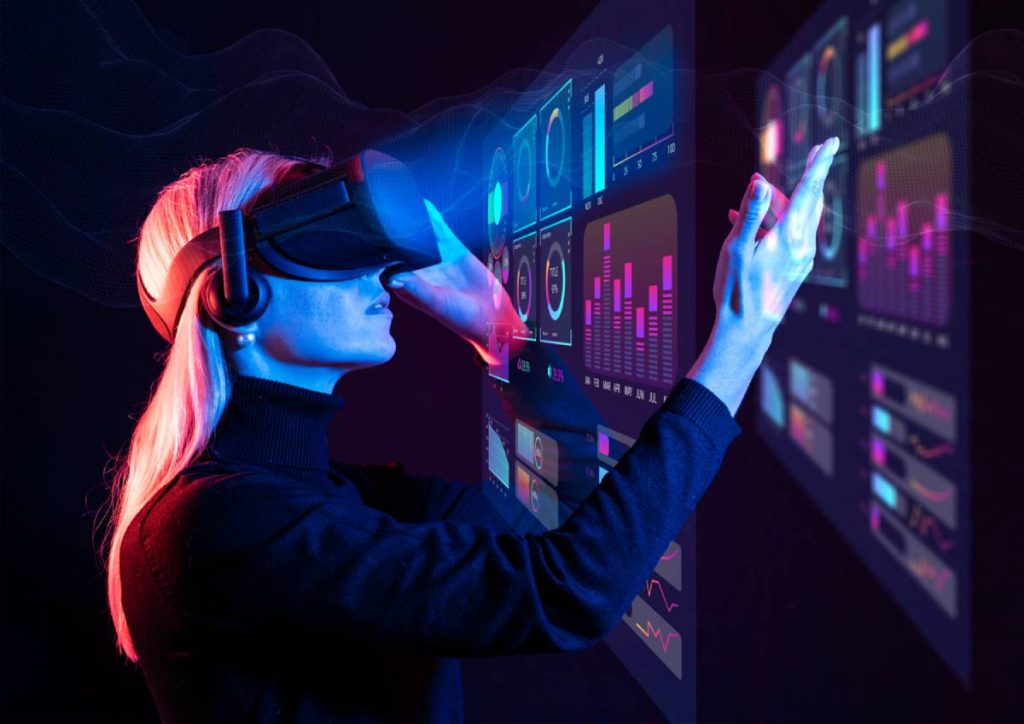The Worldwide Rollout of 5G Infrastructure
As the demand for faster and more reliable internet grows, the 5G expansion has become a central focus for governments and telecom providers across the globe. In 2025, significant strides have been made in deploying 5G infrastructure, particularly in urban areas and economically emerging regions. This expansion is driven by a need for enhanced bandwidth, reduced latency, and the ability to connect more devices simultaneously. With the deployment of small cell networks, fiber-optic upgrades, and next-generation antennas, the 5G expansion is transforming communication at every level. The rollout has created ripple effects across multiple industries, including healthcare, transportation, and manufacturing, allowing them to adopt real-time data solutions that were previously impossible. With global cooperation and investment at unprecedented levels, the promise of a hyperconnected world is becoming reality.
5G Expansion and the Internet of Things
One of the most significant benefits of the ongoing 5G expansion is its role in enabling the Internet of Things (IoT). As more devices—from smart thermostats to industrial sensors—connect to the web, the need for ultra-low latency and high-speed communication becomes critical. With 5G, IoT systems can operate more efficiently, exchanging data in real-time with minimal delay. This revolutionizes everything from smart homes to intelligent traffic management systems. The 5G expansion also allows businesses to deploy large-scale IoT solutions without the performance bottlenecks seen in 4G environments. As billions of connected devices come online, 5G is the backbone making this digital ecosystem sustainable, secure, and scalable across every sector of modern life.
Transforming Urban Connectivity and Smart Cities
Urban centers are at the forefront of the 5G expansion, becoming testbeds for what smart cities can achieve. Enhanced mobile broadband allows for innovations in public services, from real-time traffic flow optimization to instant emergency response communication. In densely populated cities, the high device density is well-suited to 5G’s capabilities. Governments are using 5G to integrate surveillance systems, public transport networks, and utility grids into unified platforms. These improvements are leading to more efficient resource usage and higher quality of life. The 5G expansion is proving to be a catalyst for reimagining how cities are designed, maintained, and experienced by residents. As urban infrastructure continues to evolve, 5G will remain central to its transformation.
5G Expansion in Rural and Underserved Areas
While initial 5G deployments focused on urban hubs, recent initiatives have shifted toward extending the 5G expansion to rural and underserved regions. This connectivity bridge is essential for reducing the digital divide and promoting equal access to educational and economic opportunities. By deploying fixed wireless access solutions and satellite-based support, telecom providers are bringing high-speed internet to areas previously left behind. The 5G expansion not only supports remote education and telehealth but also empowers local economies through access to global markets. Governments and NGOs are playing a key role by funding infrastructure projects and ensuring inclusive deployment strategies. The success of 5G in these regions will shape the next phase of global digital inclusion.
Impacts on Healthcare and Telemedicine
The 5G expansion is revolutionizing healthcare delivery, particularly through the growth of telemedicine. With high-speed, low-latency connections, doctors can conduct real-time consultations, remote diagnostics, and even robotic surgeries from miles away. This capability is vital for reaching patients in isolated areas or during emergencies where time is critical. In hospitals, 5G enables the integration of wearable health monitors, allowing for constant patient monitoring and faster response times. By supporting these technologies, the 5G expansion is enhancing both patient care and system efficiency. Medical institutions around the world are now embedding 5G-enabled technologies into their standard operations, marking a shift in how healthcare is delivered and experienced.
Economic Growth Driven by 5G Expansion
The economic implications of the 5G expansion are vast, offering new business models and revenue streams for companies across multiple sectors. Industries such as automotive, logistics, finance, and entertainment are leveraging 5G to introduce services that rely on instant data processing. From autonomous vehicles to augmented reality applications, businesses are rethinking their strategies in a world where near-instant connectivity is the norm. Startups are also benefiting from the 5G expansion, launching innovations that require high-performance mobile networks. As productivity increases and new markets emerge, experts predict that 5G could add trillions of dollars to the global economy over the next decade. This economic growth is not only about faster internet—it’s about unleashing a new era of innovation.
Security and Regulatory Considerations
With the rapid pace of the 5G expansion, security and governance are critical concerns. The complexity of 5G architecture, including its decentralized and software-defined nature, introduces new vulnerabilities. Governments and telecom operators are collaborating to implement robust security frameworks that protect user data and national infrastructure. Encryption, real-time threat detection, and network slicing are some of the tools being deployed. In parallel, regulatory bodies are updating policies to manage spectrum allocation, cross-border data flows, and vendor compliance. Ensuring the safety and integrity of the 5G expansion is essential to maintaining public trust and enabling the full potential of this transformative technology.
Conclusion
The 5G expansion is more than just a technological upgrade—it is a global shift toward a more connected, efficient, and inclusive future. By enabling breakthroughs in IoT, healthcare, smart cities, and economic development, 5G is reshaping how societies function and how people live. As infrastructure continues to roll out across urban and rural landscapes, the benefits of the 5G expansion will become increasingly evident in daily life. What began as a promise of faster mobile speeds is evolving into a foundational platform for global innovation and opportunity.
Frequently Asked Questions
- What is 5G?
It’s the fifth generation of mobile networks offering faster speeds and lower latency. - How does 5G differ from 4G?
5G provides significantly higher data rates, improved connectivity, and supports more devices. - Is 5G safe?
Current research and global health organizations confirm that 5G poses no health risks when regulated properly. - When will 5G be available everywhere?
Full global coverage is expected by 2027, with most urban areas already connected in 2025. - Can I use my 4G phone on 5G networks?
No, you need a 5G-compatible device to access 5G network capabilities. - Will 5G increase my internet bill?
Plans may vary, but increased competition often keeps costs manageable for consumers. - How does 5G impact gaming and streaming?
It allows for smoother gameplay, quicker downloads, and higher-quality streaming with less buffering. - Does 5G improve home internet?
Yes, 5G fixed wireless access offers fast and reliable alternatives to traditional broadband. - What industries benefit most from 5G?
Healthcare, automotive, manufacturing, entertainment, and logistics are key beneficiaries. - Is 5G environmentally friendly?
While power usage is higher, 5G’s efficiency and ability to optimize smart systems can reduce overall energy consumption.



